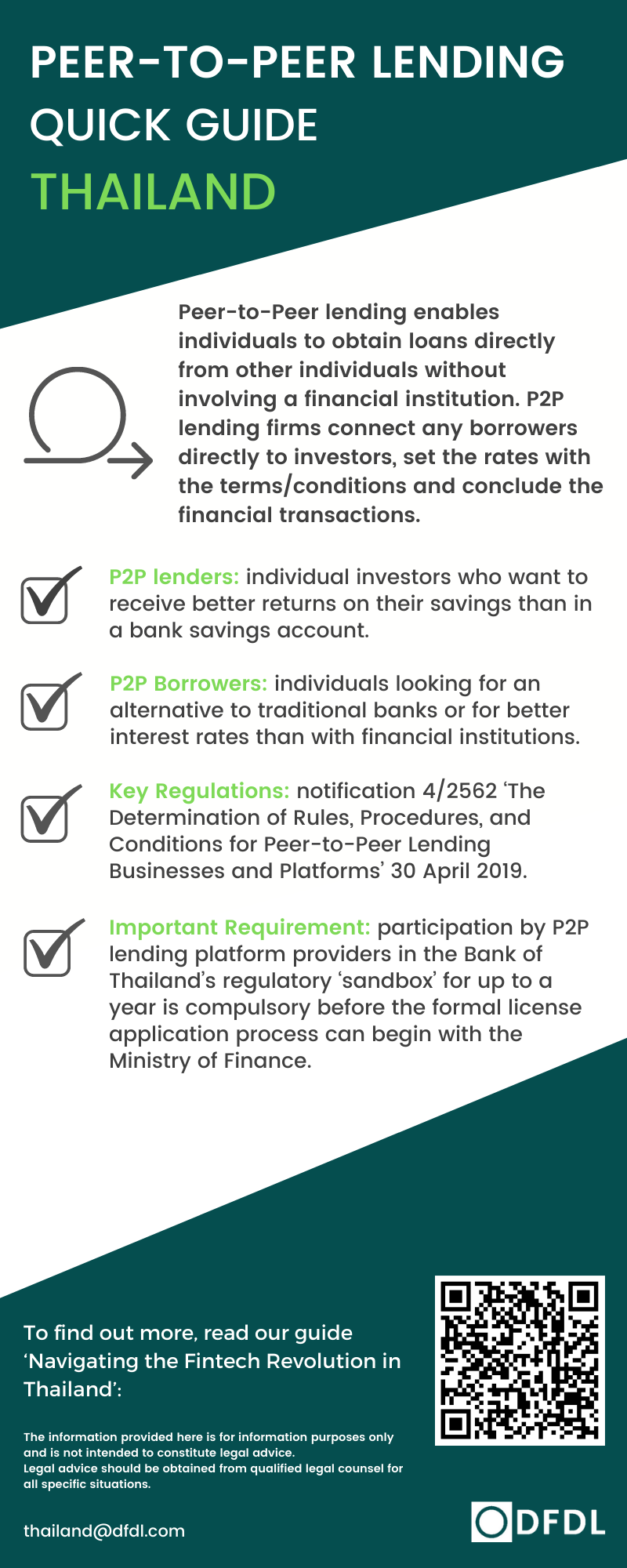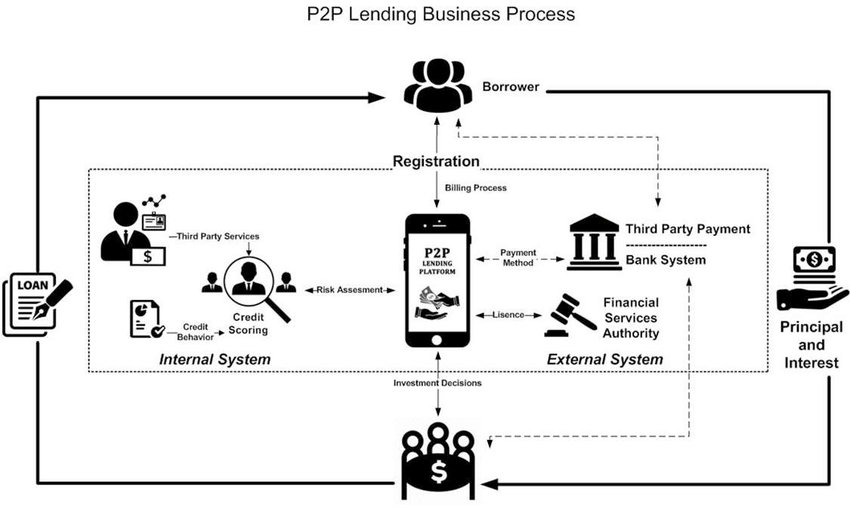Peer to Peer (P2P) lending has gained popularity in recent years as an alternative form of lending for both individuals and businesses. But with its rapid growth, many are left wondering: is peer to peer lending regulated?
Understanding Peer to Peer Lending
Before we delve into the regulations, let’s understand what P2P lending is. In simple terms, it’s a method of debt financing which enables individuals to borrow and lend money without the use of an official financial institution as an intermediary. This form of lending takes place online through P2P lending platforms that match lenders with borrowers.
Regulation of P2P Lending
Now, let’s address the important question: is peer to peer lending regulated? The answer is yes. In many countries, P2P lending platforms are subject to regulations to ensure transparency, protect investors, and minimize risks.
Regulatory Measures
Regulatory measures for P2P lending may include:
- Licensing: Platforms may be required to obtain licenses to operate as P2P lending platforms.
- Transparency: Regulations may demand transparent disclosure of terms, fees, and risks associated with lending and borrowing on the platforms.
- Risk Management: There may be guidelines in place to ensure proper risk management practices to protect both lenders and borrowers.
- Investor Protection: Regulations may focus on protecting the interests of investors through various mechanisms.

Credit: www.dfdl.com

Credit: lenderkit.com
Benefits of Regulation
Regulation of peer to peer lending brings several benefits:
- Protection: It offers protection to investors and borrowers from fraudulent activities and unfair practices.
- Trust: Regulatory oversight builds trust and confidence among participants, leading to the growth of the P2P lending market.
- Stability: Regulations contribute to the stability and sustainability of the P2P lending industry, reducing the likelihood of systemic risks.
Global Perspectives
Regulatory approaches to P2P lending vary across the globe. In some countries, such as the United States and the United Kingdom, P2P lending is heavily regulated to safeguard the interests of participants. Meanwhile, in other regions, the regulations may be less stringent.
United States
In the US, platforms are required to comply with the Securities and Exchange Commission (SEC) regulations. This entails following specific disclosure rules and registration requirements to protect investors.
United Kingdom
The Financial Conduct Authority (FCA) regulates P2P lending platforms in the UK. The regulatory framework includes strict capital requirements and operational standards to ensure the stability of the sector.
Asia
In Asia, countries like China and Singapore have their own regulatory frameworks for P2P lending, focusing on risk management, investor protection, and licensing requirements.
Final Thoughts
Considering the regulatory measures in place, it’s evident that peer to peer lending is indeed regulated. This regulatory oversight plays a crucial role in shaping the future of P2P lending as a viable financing option for both individuals and businesses.
As the industry continues to evolve, it’s important for regulators to strike a balance between fostering innovation and ensuring the stability and integrity of the P2P lending ecosystem.
So, if you’re considering participating in peer to peer lending, understanding the regulatory landscape in your region is vital to making informed decisions and leveraging the benefits offered by P2P lending platforms.
Ultimately, the regulations underscore the growing importance of P2P lending as a significant player in the broader financial landscape.
Frequently Asked Questions Of Is Peer To Peer Lending Regulated?
Is Peer To Peer Lending Regulated?
Peer to peer lending is regulated to ensure investor protection and stability in the financial system.
